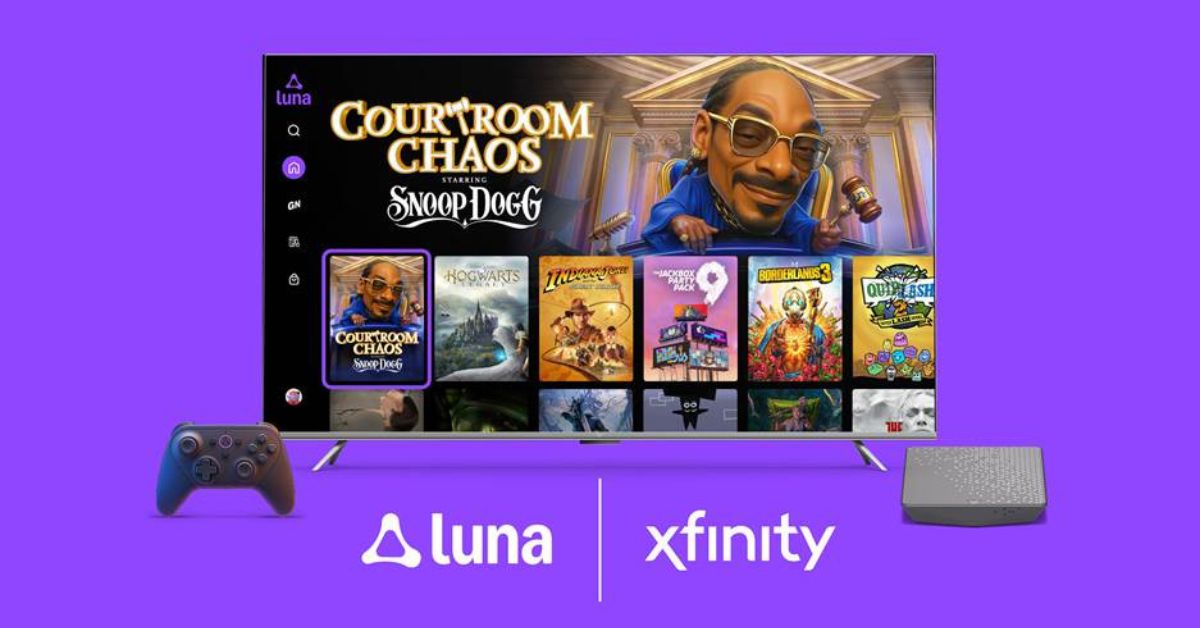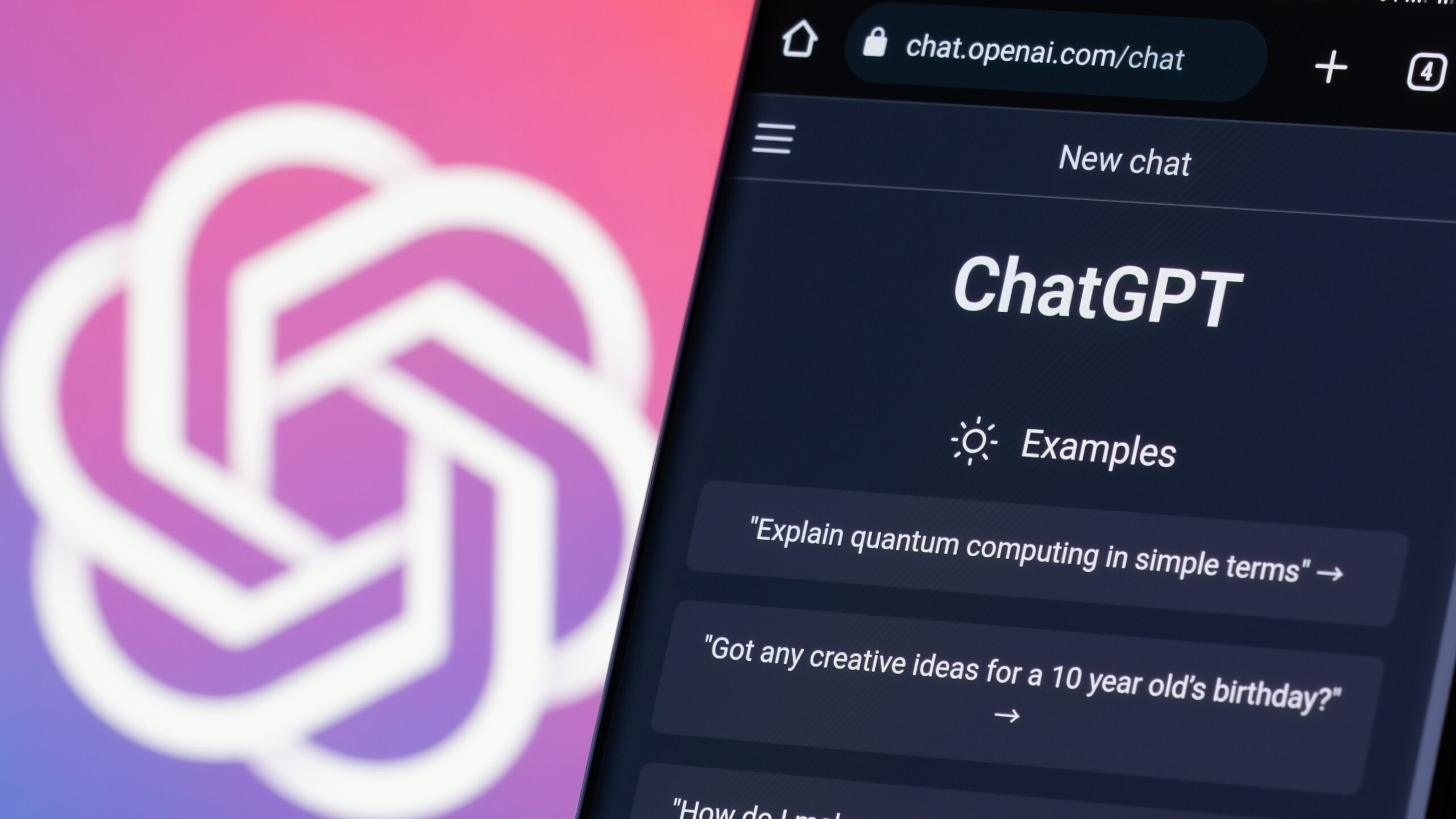When Nothing released the Phone 3, I wanted to see if the company could finally compete with major flagship brands. I used it as my main device for several days to test its design, performance, battery life, and camera quality. Nothing has always leaned on style and personality, but this time I wanted to know if substance could match the presentation.
The Nothing Phone 3 looks like no other device. The transparent back reveals clean internal layouts, and the new Glyph Matrix lighting system adds personality. The LED grid can display charging levels, notifications, or even custom animations. I found it both fun and useful, although some of the light patterns felt more like decoration than necessity.
The aluminum frame and Gorilla Glass panels make the device feel solid and premium. The flat edges give it a clean, symmetrical look that fits comfortably in my hand. It is slightly heavier than some competitors at around 218 grams, but the weight adds a sense of durability. Fingerprints do show on the glass, but they wipe off easily.
The overall build quality feels tighter and more refined than the previous model. Nothing clearly took feedback from earlier phones and delivered a sturdier, more polished design.
Performance & Features
The Phone 3 runs on the Snapdragon 8s Gen 4 chip with either 12 or 16 GB of RAM. In real-world use, performance was consistently smooth. Apps opened quickly, games ran well, and multitasking never lagged. During longer gaming sessions, the phone did warm up slightly, but not to an uncomfortable level.
Nothing OS 3.5, based on Android 15, continues to be one of the cleanest and most responsive Android experiences I’ve used. The minimalist interface, custom widgets, and monochrome icons give it a sleek personality. I liked the new shortcuts, such as the “Flip to Record” feature, which lets you start voice notes by flipping the phone over.
The 6.67-inch LTPO OLED display is bright and sharp, supporting a 120 Hz refresh rate. It remained readable outdoors even in direct sunlight. The speakers sound full, and the haptic feedback feels precise and satisfying.
Camera & Imaging
The Phone 3 includes three 50 MP cameras: a main sensor, an ultra-wide lens, and a telephoto with 3x optical zoom. In good lighting, the photos are crisp and well-balanced, with accurate color and strong dynamic range. Portrait mode produces natural depth, and video stabilization performs well at 4K.
Low-light photos, however, reveal the limitations of the camera system. Shadows lose fine detail, and the software sometimes over-smooths skin tones. The telephoto lens is a welcome addition, but it cannot compete with premium zoom systems found on higher-end models.
The new red recording indicator on the back is a clever touch. It lets you know when the camera is active, which I found genuinely helpful while recording video.
Battery & Charging
Battery life is one of the Phone 3’s strengths. The 5,150 mAh battery consistently lasted me a full day and a half with moderate use. Even on heavier days involving GPS, video streaming, and photography, it comfortably made it to bedtime.
Charging is fast and reliable. The 65W wired charging restored the battery from empty to around 80 percent in 30 minutes. Wireless charging at 15W is convenient, although slower. Heat management during charging was well controlled, which helped extend overall battery health.
Price Tag & Value
At a starting price of $799, the Nothing Phone 3 costs more than most midrange competitors and directly competes with flagship models from Google, Samsung, and OnePlus. The unique design, bright display, and polished software make it appealing, but some users may find the performance-to-price balance difficult to justify.
If you appreciate the aesthetic and clean user experience, the value is there. However, if you prioritize raw performance or professional camera results, several other phones in this range offer better hardware for the same or lower cost. The Nothing Phone 3 is not overpriced for what it offers, but it definitely asks buyers to pay for personality as much as power.
Pros and Cons
Pros
- Distinctive transparent design with functional Glyph Matrix lighting
- Smooth performance and clean Nothing OS interface
- Strong battery life with fast wired charging
- High-quality display with sharp brightness and color
- Useful and thoughtful software shortcuts
Cons
- Low-light camera performance needs improvement
- Slightly heavy and fingerprint-prone
- Not the fastest processor in its price range
- Glyph features can feel more playful than practical
- Priced higher than some equally capable phones
Verdict
The Nothing Phone 3 blends creativity and competence better than any of its predecessors. It is fun to use, well-built, and efficient, offering enough unique features to stand out in a crowded market. The design and battery life make it memorable, but the camera and price keep it from reaching true flagship status. For those who want something distinctive that performs well across the board, the Phone 3 earns its place as one of the most interesting Android options this year.
Overall Score: 8.1 out of 10





